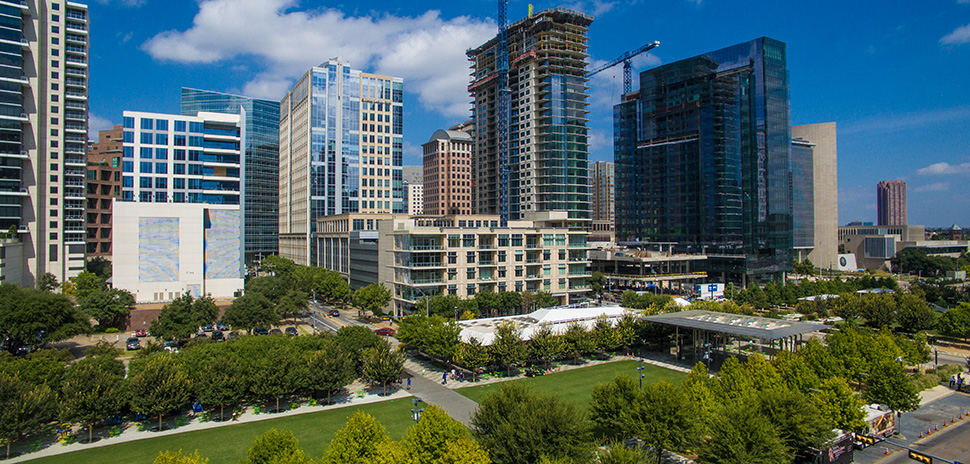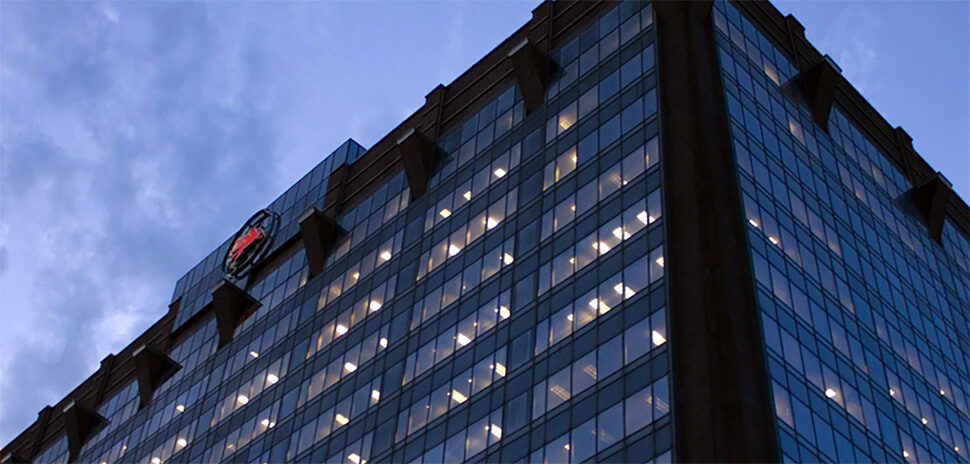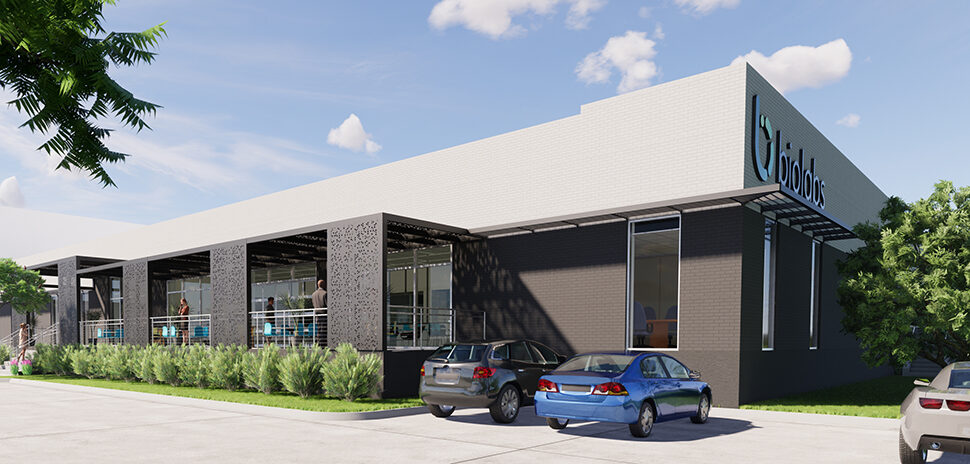Even before Dallas builds a smart park in the West End, improvements to the city’s existing parks have garnered national attention from The Trust for Public Land.
The study released Wednesday shows that 60 percent of Dallas residents live within a 10-minute walk to a park. Public spending on parks totaled $154.5 million, or $117 per resident. The national average is $83 per resident.
“That’s really good improvement over the last couple years.”
Ali Hiple
“That’s really good improvement over the last couple years,” said Ali Hiple, program coordinator for the Center for City Park Excellence at the TPL. “You see the city doing that in really creative ways.”
Public spending on parks totaled $154.5 million, or $117 per resident. The national average is $83 per resident. Having parks in close proximity can be a challenge for car-dependent cities like Dallas, Hiple said, but examples like Klyde Warren Park, which unites downtown and Uptown is a good example of that creativity.
DALLAS HAS IMPRESSIVE VARIETY OF PARKS
“From the expansive Trinity River Greenbelt to pocket parks and downtown plazas, Dallas has an impressive variety in its park system,” the study states. “Among those is Klyde Warren Park, which forms a cap over Woodall Rogers Freeway and creates a pedestrian connection between downtown Dallas and the rest of the city. The park is a feat of engineering that is part of a larger national trend toward reconnecting spliced cities and creating greenspace in unique places.”
Dallas is focusing its efforts on building parks near downtown in recent years in response to the influx of residents who have moved into the new high-rise buildings in recent years.
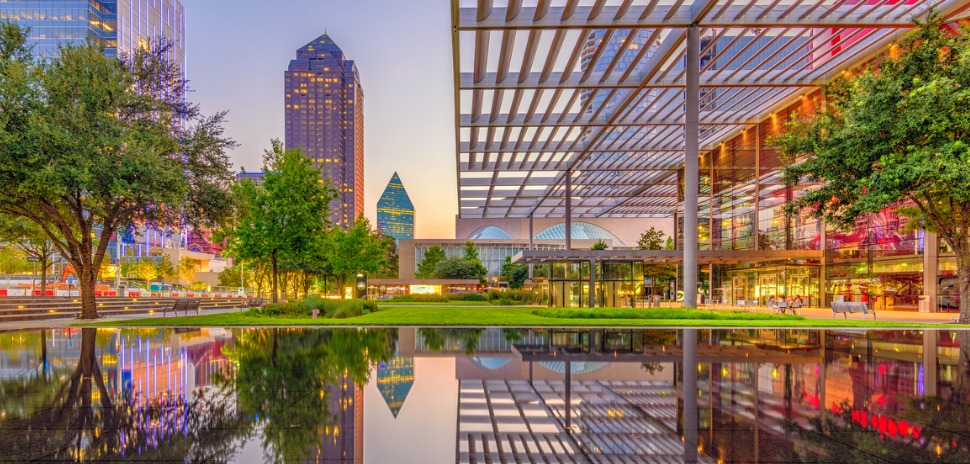
Sammons Park was designed with lawns, gardens and a reflecting pool to connect the Winspear Opera House, Wyly Theatre, Strauss Square and the Moody Performance Hall. [Photo: ArtsArchitects_Sean Pavone/istockphoto]
The West End Plaza park will convert an old asphalt parking lot near Spaghetti Warehouse into a 1-acre oasis that could further revitalize that historic area of downtown Dallas. It’s part of a larger Smart Cities Living Lab pilot program going on in the West End.
The city’s vast trail network was another high point for Dallas with more than 150 miles of trails and growing. Dallas is working with Irving, Grand Prairie, Arlington and Fort Worth to connect the five cities along the Trinity River with a seamless trail that would span 60 miles.
The study ranks cities based on the number of amenities per 10,000 residents.
Here’s where Dallas ranks out of 103 cities:
Park playgrounds
Number: 200
Rank: 28
Per 10,000 residents: 1.5
Baseball/softball diamonds
Number: 115
Rank: 81
Per 10,000 residents: .90
Dog parks
Number: 4
Rank: 94
Per 10,000 residents: 0
Recreation and senior centers
Number: 43
Rank: 68
Per 10,000 residents: .6
Splashpads
Number: 11
Rank: 56
Per 10,000 residents: .8
Swimming pools
Number: 17
Rank: 81
Per 10,000 residents: 1.3
Natural trail miles
Number: 0
Improved trail miles: 158
Rank: 21st
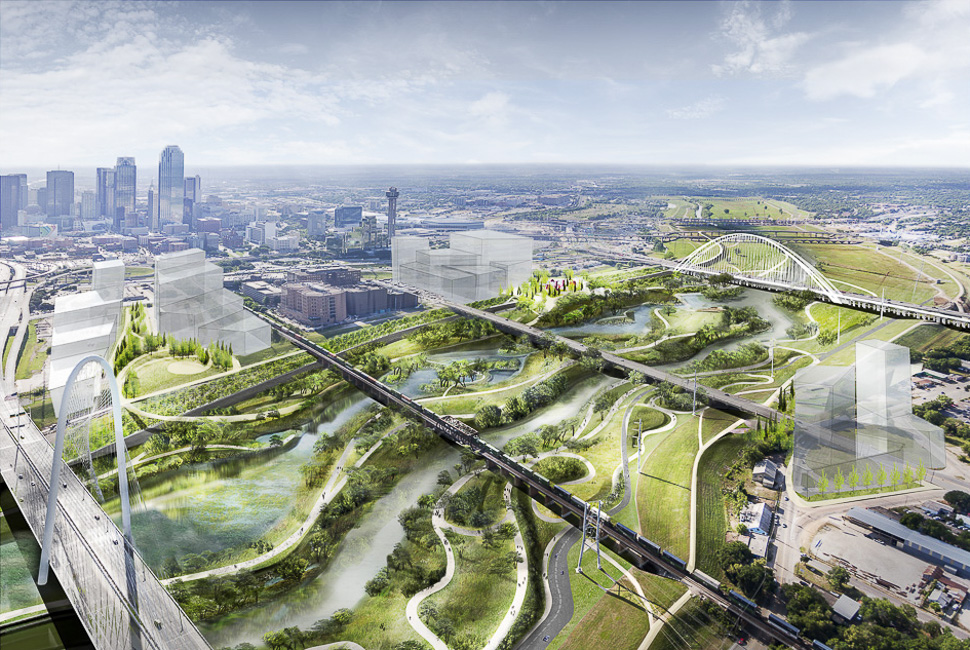
The Trinity River Park concept in the Trinity River floodway looking southeast. Two elevated overlook parks are located on the downtown side at Riverfront Boulevard and Reunion Boulevard. [ Rendering: Michael Van Valkenburgh Associates via The Trinity Trust Foundation ]
Updated Aug. 22, 2018, 7:45 p.m.
![]()










